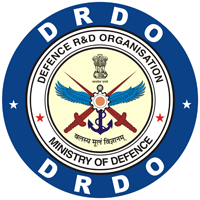Evaluation of Snow Parameters using Passive Microwave Remote Sensing
DOI:
https://doi.org/10.14429/dsj.57.1754Keywords:
SSM/I, snow water equivalent, snow depth, brightness temperature, avalanche risk analysis, avalanche forecasting, algorithm, avalanche monitoring, remote sensing, sensors, specialsensor microwave/imagerAbstract
The study of snow characteristics using conventional techniques for vast, rugged andremote snow covered areas of Himalayas is very difficult. In the present study, the satellite dataof SSM/I sensor has been used. Changes in snow accumulation result in related variations inpassive microwave brightness temperature. This study attempts to develop new algorithms usingbrightness temperature for snow water equivalent (SWE) and snow depth that will suit theIndian Himalayan conditions. The snow and meteorological data recorded in the field is usedto determine the empirical coefficients, which have been further used in the algorithmdevelopment. The parameters evaluated can be used as the input for the avalanche risk analysis,as one can estimate average snow depth and SWE of the area which are main input for avalancheforecasting. Algorithms are further used for the prediction of snow depth and SWE for subsequentwinters using the brightness temperature. A good correlation was found between the predictedand the observed values from the ground observatory data.Downloads
Published
2007-03-01
How to Cite
Singh, K. K., Mishra, V. D., & Negi, H. S. (2007). Evaluation of Snow Parameters using Passive Microwave Remote Sensing. Defence Science Journal, 57(2), 271–278. https://doi.org/10.14429/dsj.57.1754
Issue
Section
Research Papers
License
 Where otherwise noted, the Articles on this site are licensed under Creative Commons License: CC Attribution-Noncommercial-No Derivative Works 2.5 India
Where otherwise noted, the Articles on this site are licensed under Creative Commons License: CC Attribution-Noncommercial-No Derivative Works 2.5 India

